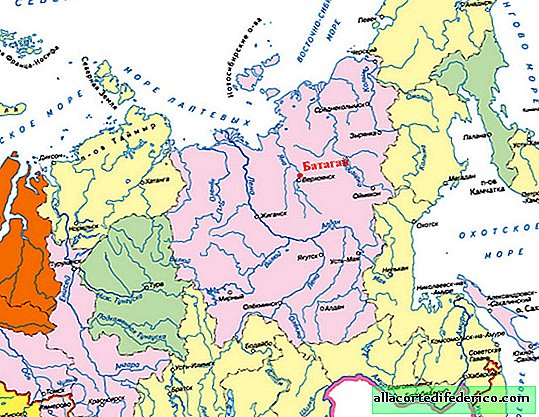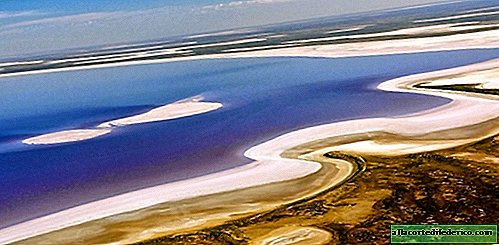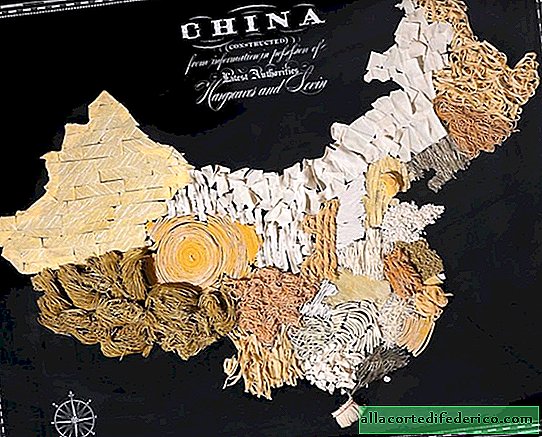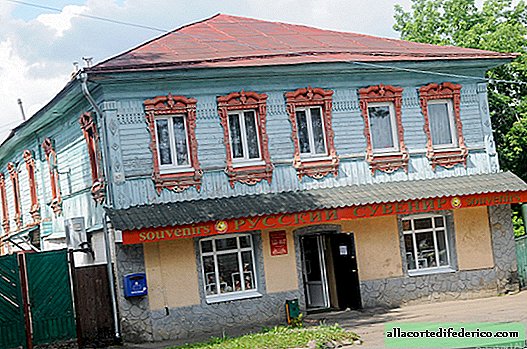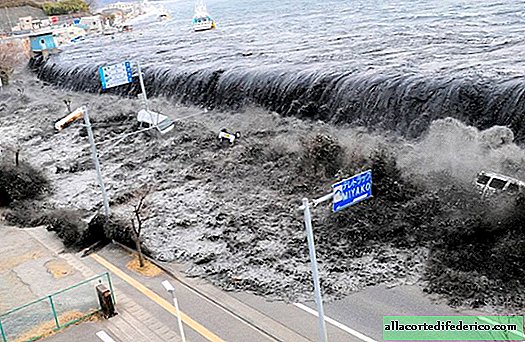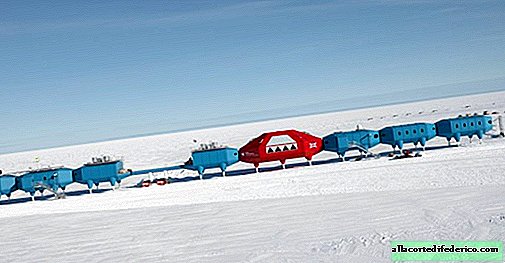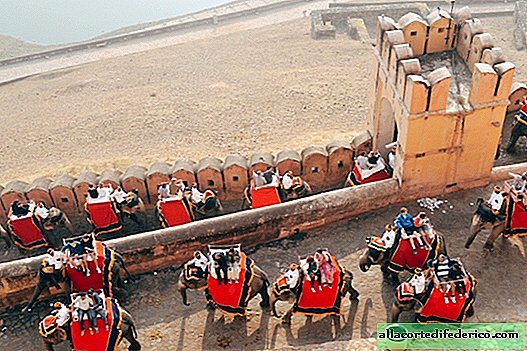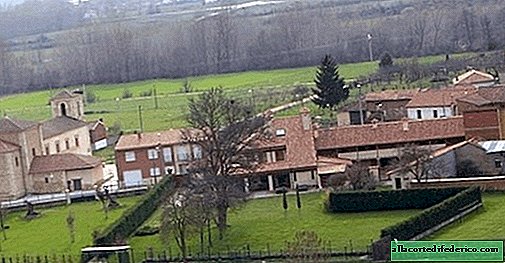Lucy Mud Volcano: how oil workers provoked a natural-technological disaster
Indonesia, like any other petroleum exporting country, regularly drills new exploration and production wells. But in 2006, as a result of test drilling at a new field, which is located on the island of Java, in the district of Sidoarjo, an event occurred that showed the whole world that this process should be approached more carefully.
The drilling was carried out by one of the Indonesian companies 20 km from the city of Surabaya. Oil workers reached almost 3 kilometers when water, steam and gas were released 200 meters from the work site. It must be said that in Indonesia, on the territory of which there are many active volcanoes and other manifestations of seismic activity, it is difficult to surprise anyone with such natural phenomena. But further events developed at such a speed that they more likely resembled the plot of a disaster film than reality.
Throughout the summer of 2006, the resulting mud volcano, named Lucy, threw cubic meters of mud. And by September, hot streams flooded the surrounding area, an area of 2.4 km². Rice fields, factories, shrimp farms were destroyed, and more than 11 thousand people left their homes in a hurry, fleeing the elements. Assessing the severity of the situation, the government began to build a blocking dam along the perimeter of the mud volcano, but due to the strong subsidence of the land and Lucy's high activity, the building broke through.
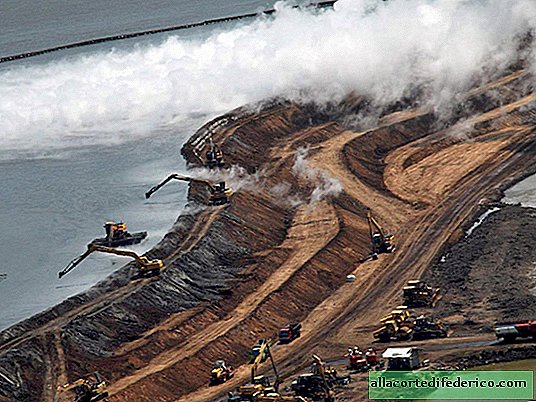
It is hard to believe, but, according to experts, the formation of such a powerful mud volcano, which forever changed the life of the surrounding territories, was caused by oilmen. The fact is that there was no casing in the well made - a special design for reinforcing walls that could resist excessive pressure. During drilling, layers of volcanic rocks were passed, then the Pleistocene layer, consisting of a mixture of mud and sand, and as a result, the drill reached the high-temperature gas-mud layer, which is located under this part of Java. Under water pressure, deformation occurred in the last layer and a crack appeared in the rock, which spread to the surface. High-temperature gas-mud liquid began to rise along the formed crack, dragging dirt and sand from the associated layers, forming on the surface the most powerful mud volcano on the planet.

But the story of the largest natural and technological disaster in the world does not end there. Lucy continues to actively flood the surrounding area with new batches of hot mud. The number of resettled people has already reached 13 thousand, and work on the construction of regular protective dams continues daily. According to experts, a decrease in Lucy's activity will occur only after 2030. In the meantime, it can be stated that the appearance of a mud volcano in Indonesia once again proved man's powerlessness in front of the power of nature.



